Restoring Faith in Humanity: A peek into the work of Doctors Without Borders
By Maui V. Reyes
Providing medical aid is no easy feat. Especially when you’re tasked to do so in remote areas that have been struck by war or natural disasters. But that’s what Médecins Sans Frontières—also known as Doctors Without Borders—have been doing for the past 46 years.
MSF was the first non-military, non-government humanitarian organization to provide emergency care to victims of disasters and conflicts—regardless of gender, race, religion, or political affiliation. The organization was awarded a Nobel Peace Prize in 1999 for being a “pioneer in humanitarian work in several continents.”
It’s hard to put into words the kind of work these heroes do in the field. But thanks to the work of independent photojournalists, and occasionally MSF medical staff themselves, we are able to witness the work that goes on at MSF hospitals and field locations.
Take a look these inspiring snapshots that best capture what the organization does everyday: restoring faith in humanity.
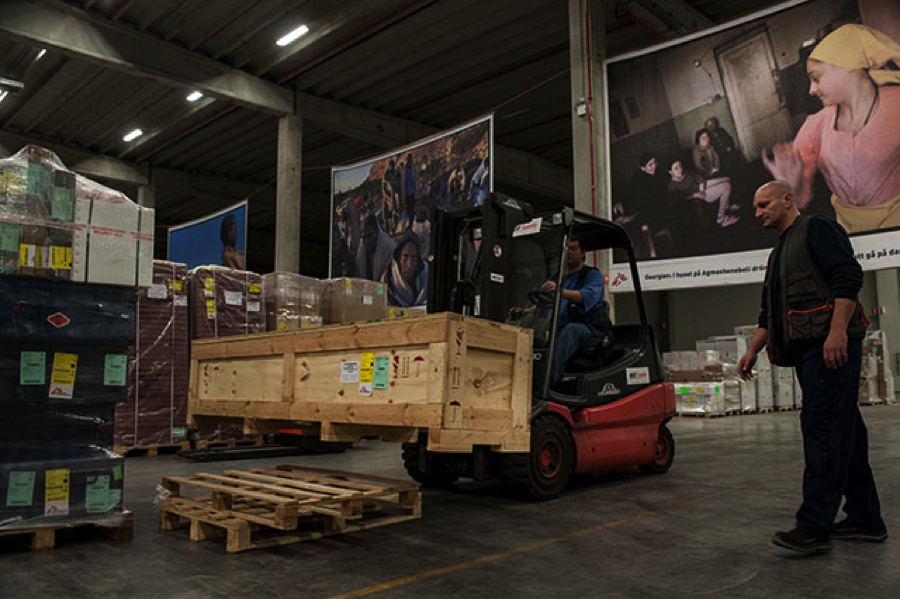
Doctors Without Borders warehouses worldwide were stocked with medical and logistical supplies—all within 48 hours after Typhoon Haiyan struck. Photo by Bruno de Cock/MSF
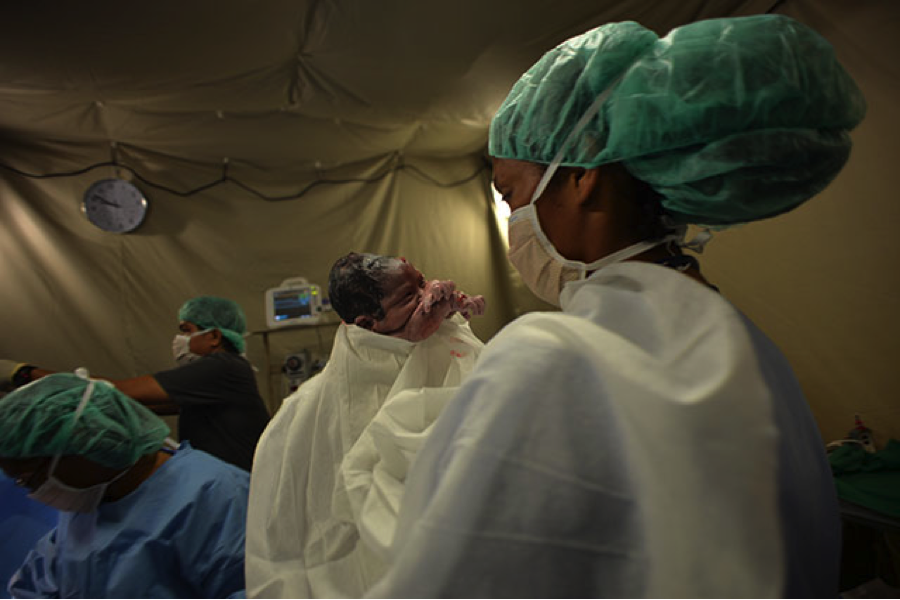
In the aftermath of Typhoon Haiyan, midwife Lucie Siegel successfully performs a C-section in an inflatable surgical theater that was set-up in Guiuan, Philippines. Photo by Julie Remy/MSF
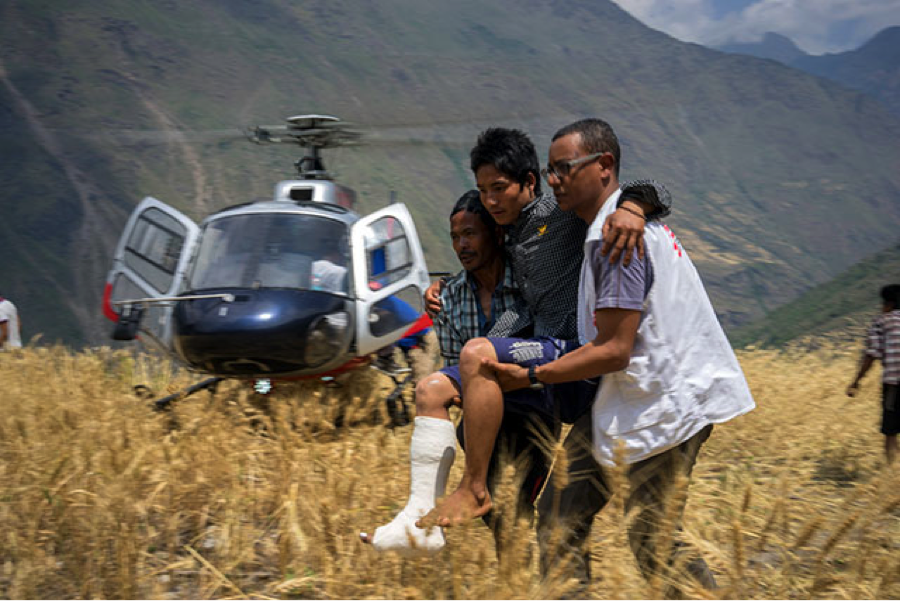
After being treated for his broken leg at a Doctors Without Borders’ hospital in Arughat Bazaar, Maila Gurung is brought back to his home in the Diol village, Gorkha District, Nepal. Photo by Brian Sokol/Panos Pictures
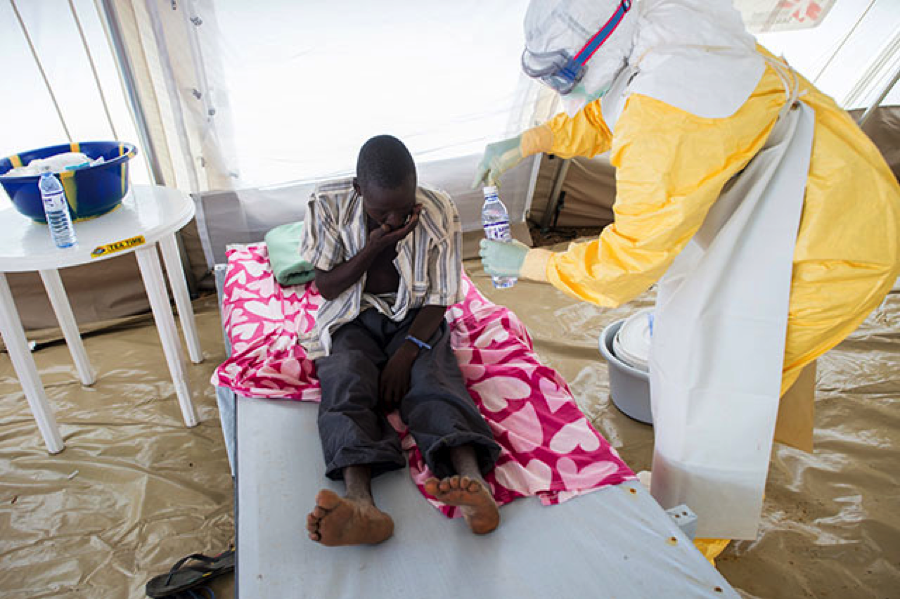
Medical staff at Doctors Without Borders offer supportive therapy to patients with Ebola. While the disease remains untreatable, doctors make sure patients are kept hydrated, while constantly checking their oxygen status and blood pressure. Photo by Sylvain Cherkaoui/Cosmos
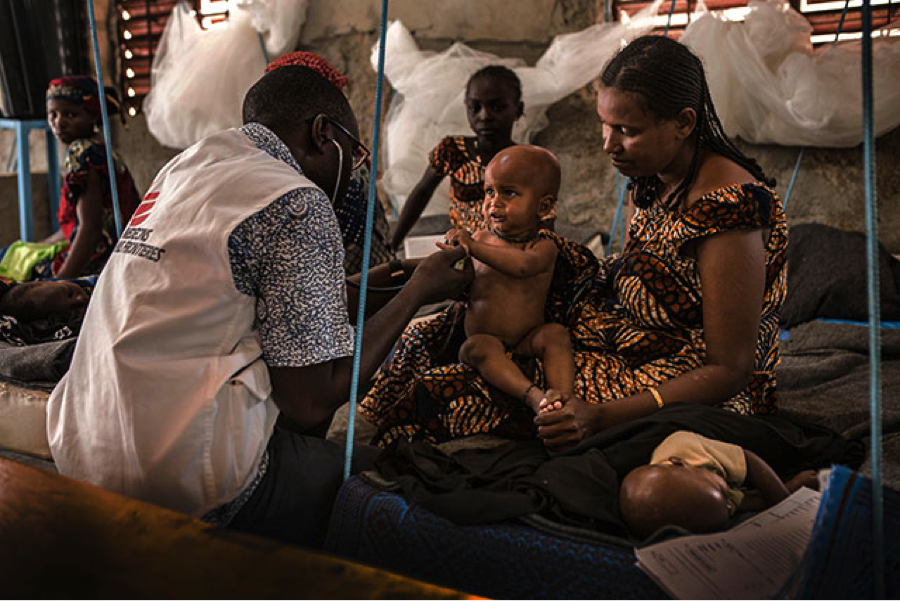
In 2013, Doctors Without Borders, along with the Ministry of Health, was able to carry out seasonal malaria chemoprevention for the first time in Niger. A disease transmitted by mosquitoes, malaria kills about 580,000 people annually—most of them being children under the age of 5. Photo by Juan Carlos Tomasi/MSF
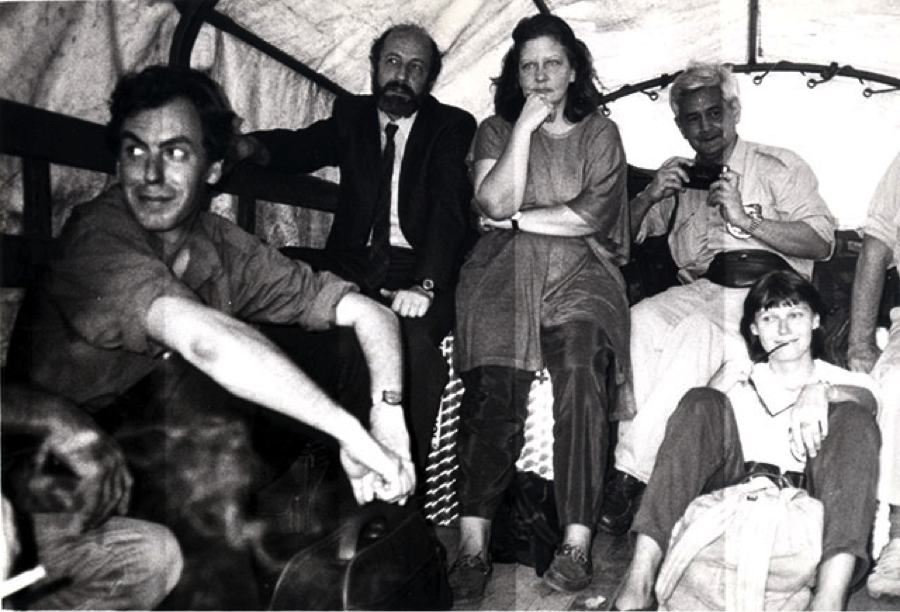
In April 13, 1994, an emergency surgical mission was carried out in the Rwandan capital of Kigali, after the mass killings of the Rwandan Tutsis.
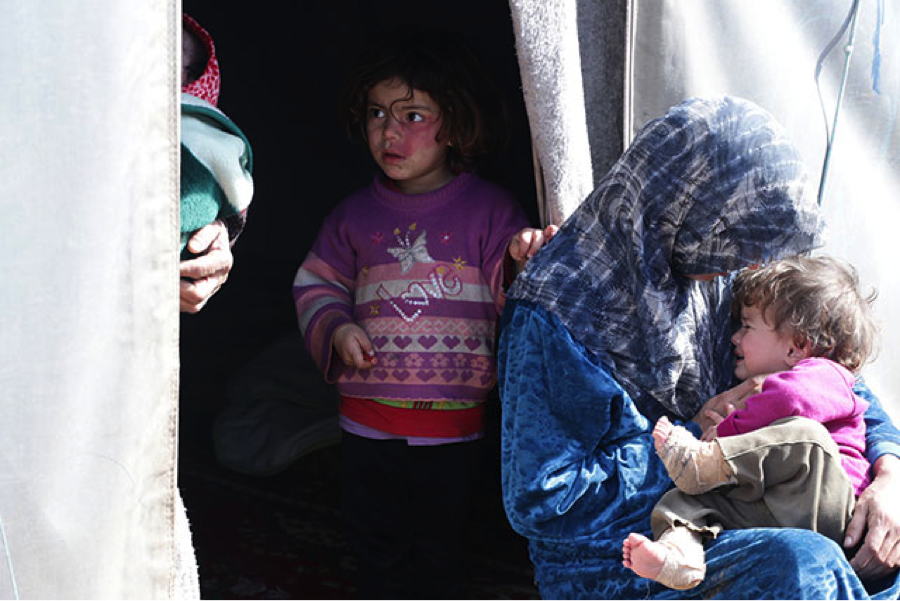
Reliable access to health care, water, electricity, and food are no longer available to a majority of Syrians. The Syrian people continue to suffer the devastating effects of the on-going war. Photo by MSF
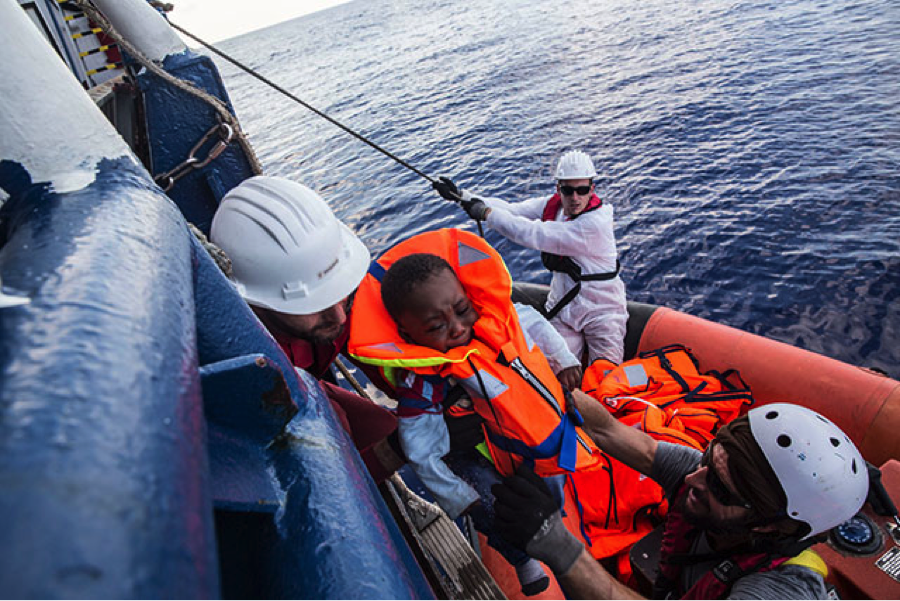
Over 59 million people have been forced out of their homes worldwide. In 2014, about 8.3 million people were displaced. Photo by Anna Surinyach/MSF
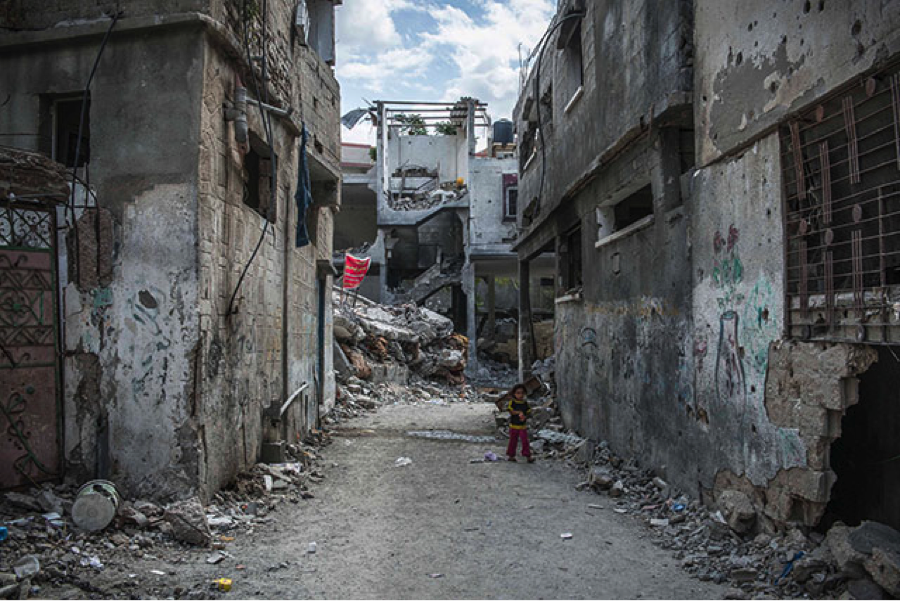
Beit Hanoun, one of the many neighbourhoods that have been attacked in Northern Gaza. Photo by Yann Libessart/MSF
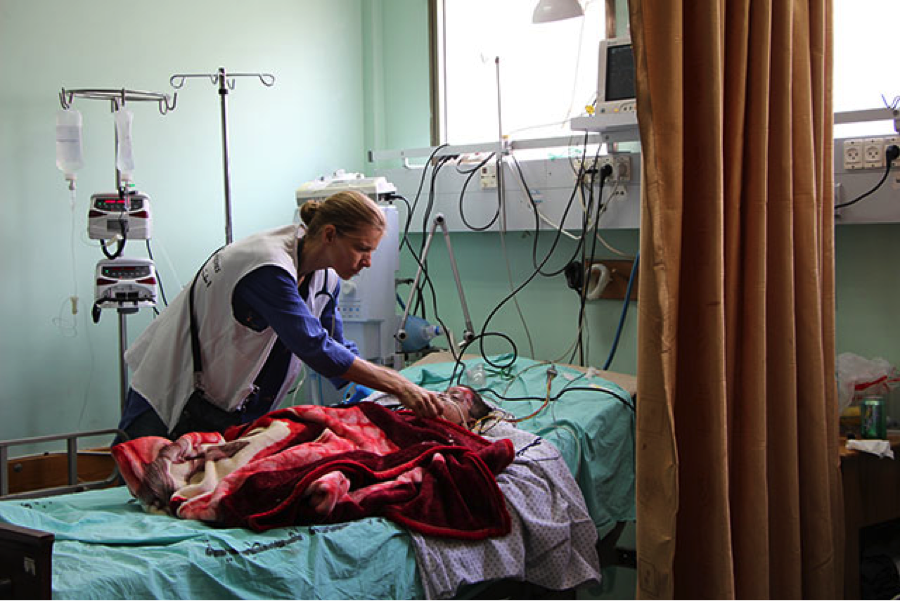
Anaesthetist Kelly Dilworth takes care of two brothers, ages 4 and 8, in the intensive care burn unit in Al Shifa, Gaza. The brothers were severely burned when a missile fell on their house. Photo by Samantha Maurin/MSF

